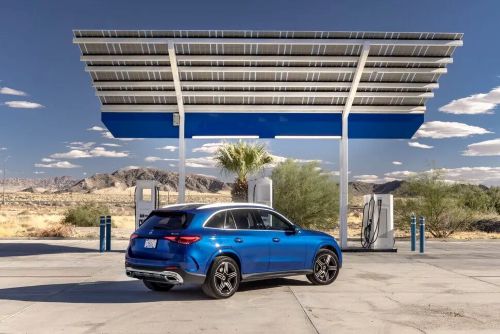


How to Charge Your EV Faster: A Practical Guide to Reducing Charging Time
Topper Company, a leading professional EV charger manufacturer in China, provides reliable electric vehicle charging station equipment and comprehensive solutions.
As electric vehicles (EVs) become more popular, drivers want to charge more efficiently—whether for daily commutes, long trips, or simply reducing downtime. Faster charging isn’t just about plugging in; it involves understanding your vehicle’s capabilities, the right charger, battery conditions, and environmental factors.
Here’s a straightforward guide to help you reduce EV charging time and get the most out of your electric ride.
EV charging is divided into three levels:
Level 1 (120V Standard Outlet): Slowest method, adding about 6–8 km (4–5 miles) of range per hour. Full charge can take 20–40 hours. Suitable for emergencies or plug-in hybrids.
Level 2 (240V Outlet): Much faster, adding up to 32 km (20 miles) per hour. Charging time ranges from 4 to 10 hours depending on battery size. Perfect for home, work, or public locations.
Level 3 (DC Fast Charging): The fastest, providing 20–60 minutes to charge up to 80%. Power ranges from 50kW to 350kW. Best for long trips or quick top-ups but should be used sparingly to protect battery health.
Charging speed depends on your vehicle’s maximum charging rate. For example, if your EV can only accept 50kW, plugging it into a 150kW charger won’t charge faster than 50kW. Check your vehicle’s specs to know your max AC and DC charging rates.
Most EVs come with a Level 1 charger, but it’s slow and can take over 12 hours for a full charge. Installing a Level 2 charger:
Speeds up charging by up to 5 times
Allows overnight or off-peak charging
Saves money by avoiding public charger fees
Level 2 chargers require a dedicated 240V outlet, often needing a one-time electrical upgrade.
Battery temperature significantly affects charging speed:
Cold Weather: Slows charging and reduces battery efficiency
Hot Weather: Activates cooling, which can also slow charging to protect the battery
In cold climates, use features like scheduled departure or preconditioning to warm the battery before charging. Plug in early on a Level 1 or 2 charger before using a fast charger to improve efficiency.
Charging is fastest between 20% and 80% SOC. Above 80%, charging slows to protect battery longevity. For daily use, avoid charging to 100% unless necessary. Use your vehicle’s app to monitor and optimize charging sessions.
Apps like PlugShare and ChargePoint provide real-time info on charger availability, power levels, connector types, and pricing. Choosing a charger that matches your car’s max rate reduces wait times and unnecessary stops.
Regularly charging your EV at home or work keeps your battery ready and reduces reliance on fast charging. On the road, combine charging stops with errands or meals to make the best use of your time.
While DC fast chargers are convenient, using them too often can:
Increase charging costs
Accelerate battery wear
Reserve fast charging for trips or emergencies. For everyday use, Level 2 charging is ideal for balancing speed, cost, and battery health.
Faster EV charging is a balance of vehicle limits, battery care, and smart planning. Upgrading your home charger, managing battery temperature, and using smart apps can dramatically reduce charging times and improve your EV experience.Know more about Google SEO Directory
